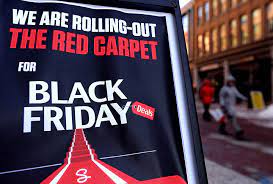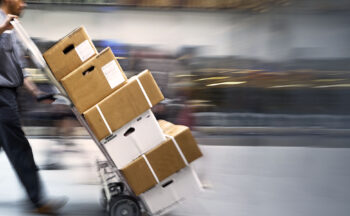 October 2023
October 2023
Package deliveries and online ordering continue to increase. This places a growing burden on condominium management trying to maintain operations while keeping condo fees under control and maintaining an expected level of service.
The growing flood of parcel deliveries is unlikely to slow down. A Google Canada survey suggests that 70 percent of adults look online for holiday gifts. Add to this the purchase of household items that include food from supermarkets, prepared food deliveries, household items and medication.
Much of this ends up in condominium lobbies poorly equipped to cope with the influx. They become mini-warehouses from the sheer volume of delivered packages. Once accepted, packages need to be stored and catalogued. Are measures in place to secure against theft by a resident or thief accessing the lobby? How do they get released or distributed to residents? And finally, who manages all of this?
Answers to these questions vary for each community and is dependent on expectations. Ignoring what is a growing issue is not practical.
Most high-rise buildings were never designed to accommodate package deliveries at current volumes. They contain neither storage rooms or parcel lockers. No thought was given to large numbers of deliveries and packages coming through the front door, or parking space for delivery vehicles. Ensuring residents quickly retrieve their packages so more can be stored was never a consideration.
Solutions may require capital investments in dedicated secure storage spaces that can be locked or monitored along with a separate entrance and space for delivery vehicle parking. Personal parcel lockers, software for better management of packages, additional staffing and revised acceptance policies may all offer complete or partial solutions.
Temperature-controlled spaces may be necessary for frozen or cold food items and medication.
An increasing number are using meal delivery services with the expectation that food is delivered hot and ready to eat without delay which can only be achieved by direct delivery to the door, or immediate resident notification for them to retrieve in the lobby. Resident notification when a package is received may be sent via text or e-mail, or as a reminder before any package is to be returned.
The level of service and security desired should be reflected in any chosen solution.
White Glove Service
Delivered packages are accepted by the concierge and personally delivered to the door thus maximizing both service and security. Delivery people do not receive building access beyond the lobby. Additional staffing is required year-round to maintain lobby security while items are delivered to a door. Additional staffing may be required during peak delivery periods to handle higher package volumes.
Concierge Service
Packages are received by the concierge and stored in a location that may or may not be secure. Residents retrieve their package(s) from the concierge after being informed of arrival via electronic or paper notification.
Self-Service
Packages are delivered inside to a predetermined location.
An unsecure location may be a parcel room accessible to all. Residents rely on package delivery tracking to know when an item has been delivered to the location.
A secure location may be a self-locking parcel locker combined with electronic notification of secure package arrival.
Non-Service
Packages are not accepted in the building. Deliveries may be left outside, or residents make alternate retrieval or delivery arrangements.
Liability exists any time a package is accepted from a delivery service at a central location that is not the final delivery address and signed for as accepted. Once accepted by a concierge, the condominium corporation accepts liability for ensuring final delivery. To protect against this communities may implement loss prevention strategies, upgrade insurance coverage, and require residents to sign waivers protecting the corporation and its employees against liability.







